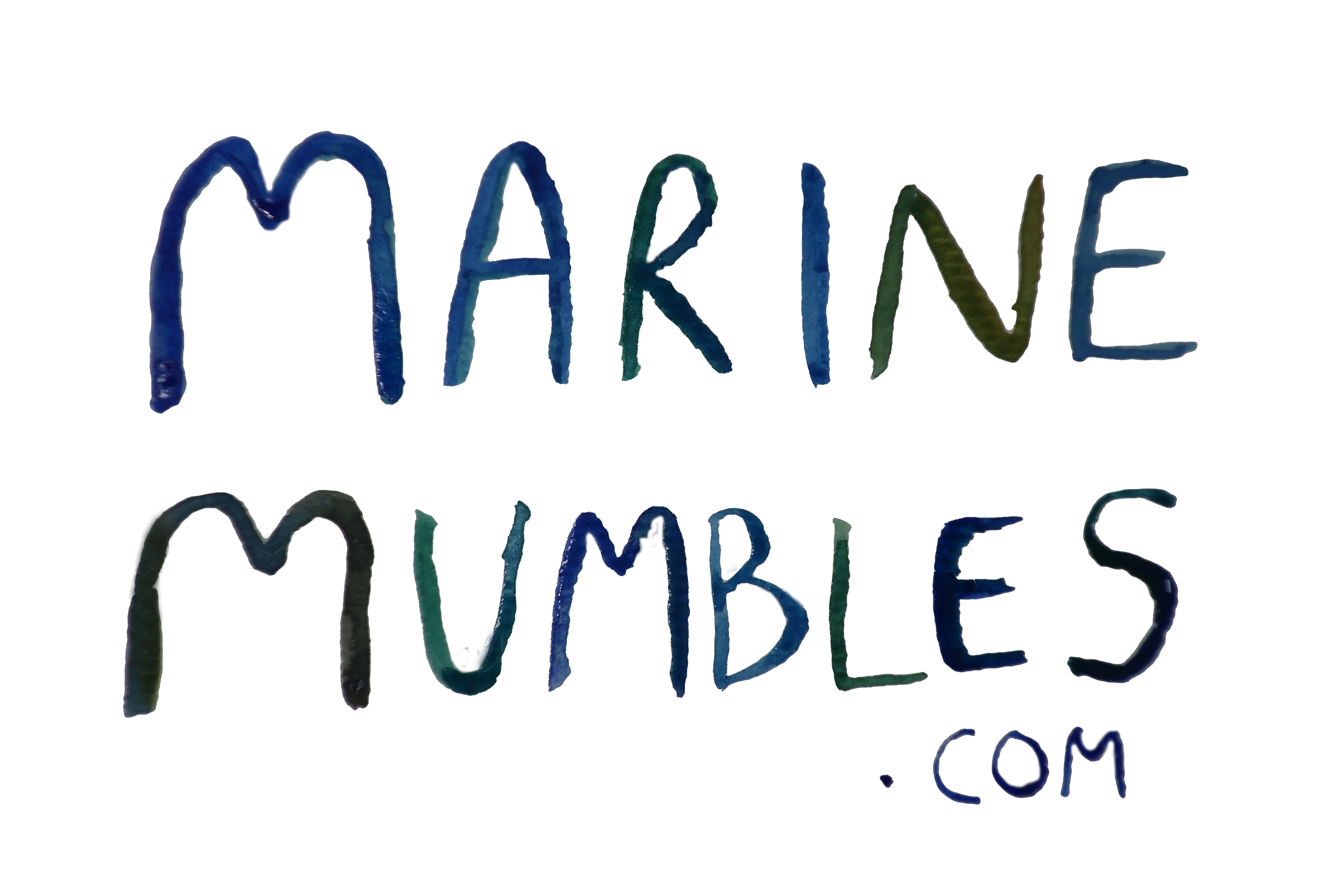If you’re a marine worm looking for home on the beach, what better material to make the house out of than sand AND I’ve heard from a reliable source there’s lots of sand on beaches!
Actually I’m surprised more species haven’t thought about making it a home out of it, but at least this little genius worm has! It produces mucus which sticks sand together in a tube, with small tentacle looking ends to it. Now it won’t win the sandcastle prize for prettiest design but this tube provides some great protection for this species. If your walking along a sand beach your likely to see these tube sticking out. But this species is a little shy, so you’ll probably never see the worm in the tube. They hide in and come out to filter feed when the tide is in sticking tentacles that organic detritus in the water.
Often they are found in clumps all together, and have been described as tiny sand forests which I think is such a lovely description! These forests root themselves a few cm into the sediment, where the worm will live when it’s not filter feeding. This species has both male and females as separate individuals (not hermaphrodites) and they release eggs and sperm into the water in a spawning event, these eggs will then become little baby polychaete worms hatch and make their way down to the sediments to create their very own sand tubes.
So there you go, you now know who to go too to get advice on your next sandcastle! Let me know what you think of my website, the posts and my illustrations by commenting below or tweeting me @marinemumbles. Plus follow me on Instagram too see all my illustrations and photos of my coastal travels!

